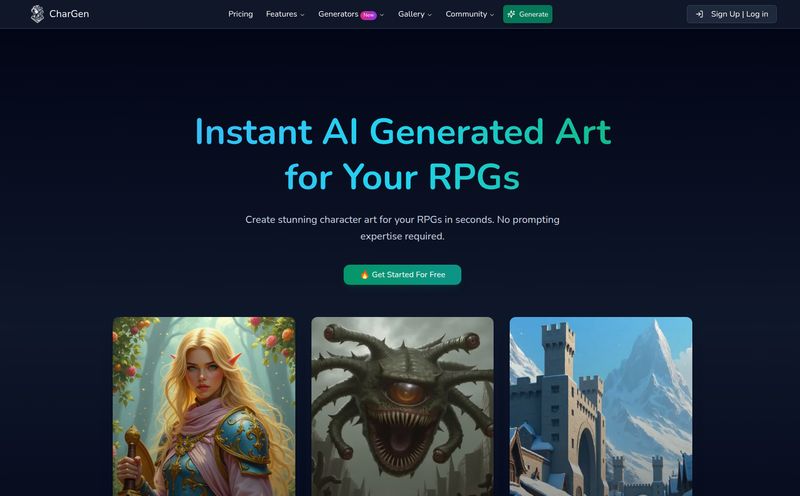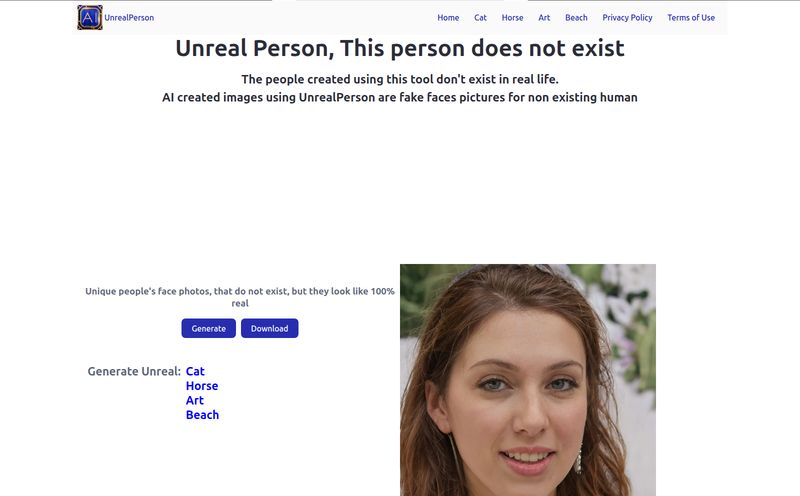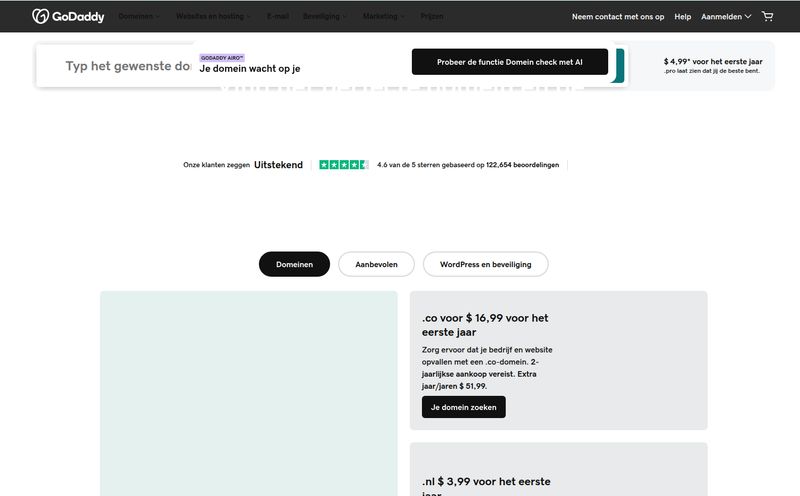In the world of SEO and digital marketing, the content beast is always hungry. We need visuals. All the time. For blog posts, for social media, for ads, for… well, everything. For years, that meant shelling out for stock photos that everyone else was using or hiring a designer, which isn't always in the budget.
Then the AI art explosion happened. Suddenly, we could conjure images from thin air with just a few words. It was magical. But it also got… messy. One tool for realistic photos, another for fantasy art, a separate one for upscaling, and a completely different platform if you wanted to dabble in AI video. My browser's bookmark bar started to look like a digital hoarder's garage.
So when I stumbled upon Pixel Dojo, the name itself caught my eye. A “dojo” for pixels? A place to train and master your craft? The promise was an all-in-one creative hub. My inner skeptic raised an eyebrow, but the exhausted marketer in me was hopeful. Could this be the tool that finally lets me cancel a few other subscriptions? I had to find out.
First Impressions, and What is Pixel Dojo Anyway?
Logging in, you land on a clean, dark-mode dashboard. No fluff, just the tools laid out in front of you: Dashboard, Gallery, My Media, and so on. It feels focused. Professional, even.
At its heart, Pixel Dojo is an AI image and video generator. But that's like calling a smartphone a device that makes calls. The real story is in the details. The platform’s big pitch is that it gives you access to a whole smorgasbord of powerful, and critically, uncensored AI models all under one roof. Think of it as a master key that opens doors to different creative engines.
Visit PIXEL DOJO AI
Why is “uncensored” a big deal? Well, if you’ve ever tried to create something slightly edgy or specific on some of the more mainstream platforms, you've probably run into the digital nanny. Prompts get blocked for seemingly random reasons, stifling creativity. Pixel Dojo seems to trust its users to be adults, which, in my book, is a huge plus for genuine artistic expression.
The Core Features That Actually Matter
A platform can have a million features, but only a few usually make or break the experience. After playing around, a few things at Pixel Dojo really stood out to me as game-changers for content creators.
More Than Just Pretty Pictures, Multiple AI Models at Your Fingertips
This is the main event. Pixel Dojo isn’t just one AI model. It’s a whole collection. You get access to heavy-hitters like Stable Diffusion 3, Stable Diffusion XL, Juggernaut XL, and Playground V2. If those names don't mean much to you, think of it like this: it's like a photographer having a bag full of different lenses. One lens (AI model) is perfect for hyper-realistic portraits, another is brilliant for sweeping, cinematic landscapes, and a third excels at creating abstract, painterly styles. Having this choice in one place means you can match the visual style to your project's specific needs without having to log into three different services. That's a massive workflow improvement.
The Holy Grail: Creating Consistent Characters
Okay, let's talk about the biggest headache in AI art generation. You create a perfect character for your brand or story. Let's call her “Marketing Mary.” She's got red glasses and a determined smile. You love her. Then you try to generate another image of her sitting at a desk. Suddenly, she has blue glasses and a different face shape. Poof. The illusion is shattered.
Pixel Dojo has tools specifically for consistent character creation. This has been the holy grail for so long. Being able to generate the same character across multiple scenes and poses is absolutely crucial for branding, storytelling, and any kind of sequential art. For me, this feature alone is almost worth the price of admission.
Training Your Own AI with LoRAs
Now we're getting into the really cool, nerdy stuff. Pixel Dojo allows for LoRA training. LoRA stands for Low-Rank Adaptation, which is a fancy way of saying you can train a “mini” AI model on a very specific style or subject. Imagine you're a craft brewery. You could upload 15-20 photos of your unique bottle design and can art, train a LoRA, and then generate infinite marketing images of your beer in different settings—on a sunny beach, at a music festival, you name it—all perfectly matching your brand's aesthetic. This is how you get truly custom, on-brand AI visuals that don't look generic.
Don't Forget the Video and Upscaling Tools
As if that wasn't enough, they also throw in AI video generation and upscaling tools. The video tools can turn your static images into short, dynamic clips, perfect for social media ads or animated logos. And the Creative Upscaler doesn't just make your images bigger; it intelligently adds finer details, turning a good image into a great, high-resolution one. It’s the final polish that makes your work look truly profesional.
Okay, But What's the Catch? The Pricing and Credit System
Alright, this all sounds fantastic, but what’s it going to cost? Nothing in life is free, especially not this much AI power. Pixel Dojo runs on a subscription model with a credit system, which is pretty standard in this space. Here’s how it breaks down:
| Plan | Duration | Cost | Credits Included |
|---|---|---|---|
| Monthly | 1 Month | $25 | 400 per month |
| Semi-Annual | 6 Months | $125 (Save $25) | 400 per month |
| Annual | 1 Year | $250 (Save $50) | 400 per month |
Every plan comes with 400 credits per month. A basic image generation might cost 1-2 credits, while more complex tasks like video generation or upscaling will use more. I've always had a love-hate relationship with credit systems. On one hand, it's a fair way to pay for what you use. On the other, it can create a bit of anxiety, making you second-guess whether a prompt is “worth” a credit. However, 400 credits seems like a decent starting point for a content creator with regular needs.
A key point mentioned on their site is “Limited spots at current pricing,” which is a classic marketing move to create urgency. Whether it’s true scarcity or just smart sales tactics, it’s something to keep in mind.
The Good, The Bad, and The Pixelated
So, boiling it all down. What I love is the sheer power and convenience. Having multiple, high-quality models in one place, the ability to create consistent characters, and the option for LoRA training is a killer combination. Plus, the fact that you get commercial use rights for your creations is non-negotiable for any serious professional. The interface is clean and gets out of your way.
On the flip side, you have to subscribe to get in; there doesn't appear to be a free-for-all tier. And as mentioned, the credit system might feel restrictive if you're an extremely heavy user who wants to generate thousands of images a month. For those folks, buying extra credit packs is an option, but the costs can add up.
Who is Pixel Dojo Actually For?
After spending some quality time in the dojo, I have a pretty clear picture of who would get the most out of this tool. If you’re a blogger, a social media manager, a digital marketer, or an indie creator who constantly needs a stream of unique visuals, this platform is built for you. The consolidation of tools alone will save you time and mental energy.
It's also fantastic for artists and designers who want to integrate AI into their workflow without the technical hassle of running models locally. The LoRA training opens up a world of stylistic possibilities.
Who is it not for? Probably the casual user who needs one image for a birthday card every six months. The subscription model is geared towards people who see high-quality visual creation as an integral part of their work or hobby.
My Final Verdict
So, is Pixel Dojo the all-in-one AI creative suite we've been waiting for? Honestly, it's the closest I've come to finding one. It's not just a generator; it’s a full-fledged workshop. It addresses some of the biggest pain points that have plagued AI artists and creators, especially character consistency and model variety.
Jumping between a half-dozen AI tools feels like trying to cook a gourmet meal in five different, disconnected kitchens. Pixel Dojo brings all the appliances into one well-organized, high-end kitchen. While the credit system requires a little mindfulness, the creative power it puts at your fingertips is undeniable. For the serious creative professional tired of juggling subscriptions, I think Pixel Dojo is a very, very compelling contender for your money.
Frequently Asked Questions
- What exactly is Pixel Dojo?
- Pixel Dojo is a web-based platform that provides a suite of AI tools for generating images and videos. It offers access to multiple AI models like Stable Diffusion 3, features for creating consistent characters, and advanced options like LoRA training.
- Can I use the images I create for my business?
- Yes. A major benefit of Pixel Dojo is that subscribers get full commercial use rights for the content they generate on the platform. This is essential for marketers, bloggers, and businesses.
- What AI models does Pixel Dojo use?
- It provides access to several top-tier models, including Stable Diffusion 3, Stable Diffusion XL, Juggernaut XL, Playground V2, and Kandinsky, giving you a wide range of stylistic outputs.
- How does the credit system work?
- When you subscribe, you get a monthly allowance of credits (currently 400). Different actions consume a different number of credits. For example, a simple image generation might cost 1 credit, while a more intensive task like video creation will cost more. You can purchase additional credits if you run out.
- Is there a free trial for Pixel Dojo?
- Based on the available information, Pixel Dojo is a premium, subscription-based service and does not seem to offer a free trial. You need to subscribe to one of their plans to access the tools.
- Is it really possible to create consistent characters?
- Yes, the platform includes specific features and tools designed to help you generate images of the same character in different poses and scenes, addressing one of the most common challenges in AI art.



